- Joined
- Jul 31, 2017
- Messages
- 1,356
Thanks Garry3. Once You mentioned that diamond mark points to Plumb (before 1960 Australia export???) I searched for Plumb Dayton pics ..... it really looks like one. https://www.bladeforums.com/threads/shes-a-big-girl-plumb.999970/Handle looks like maybe its been stained red like the Plumb handles? I would have thought that maybe some one switched heads on an old Plumb house axe handle, they did have a full size eye but you have that triangle stamp on that head also. Its hard to say just what it is...
https://www.bladeforums.com/threads/plumb-manufacturing-thread.1066763/#post-12177851

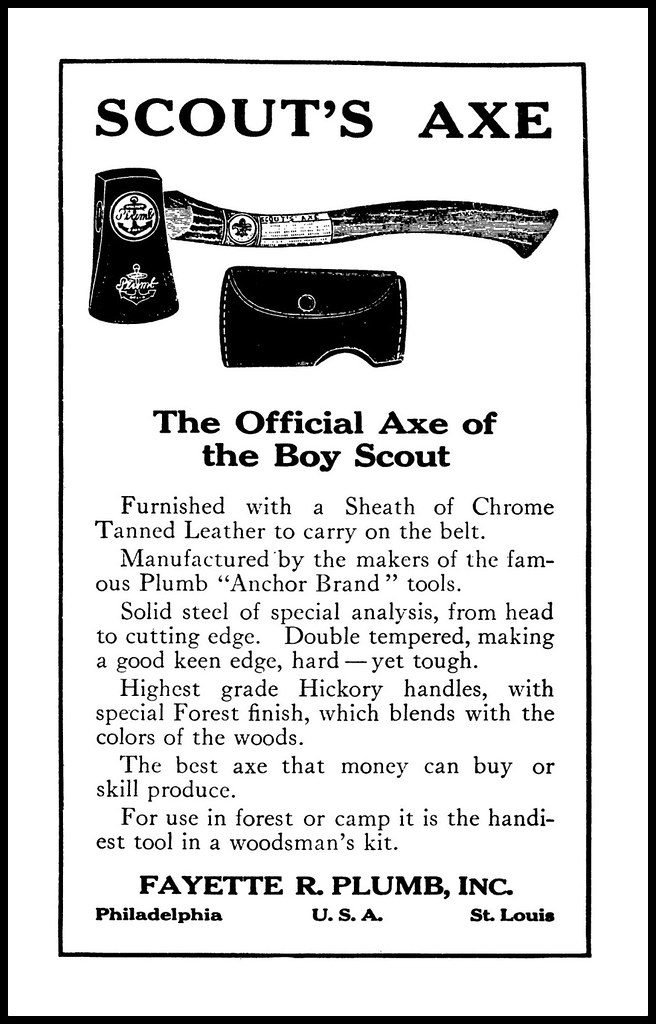
 IMG_20170816_121804
IMG_20170816_121804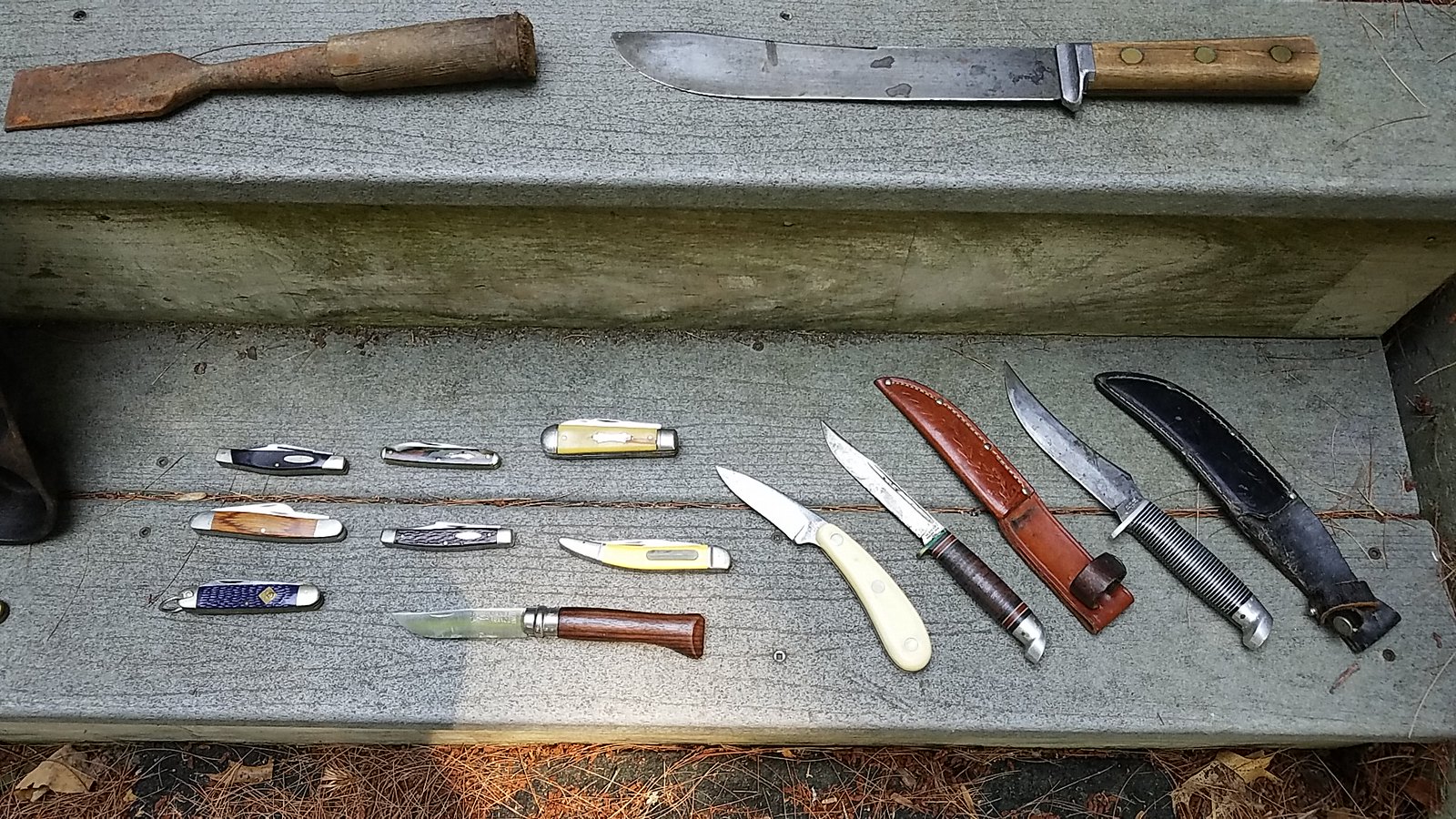 IMG_20170816_121828
IMG_20170816_121828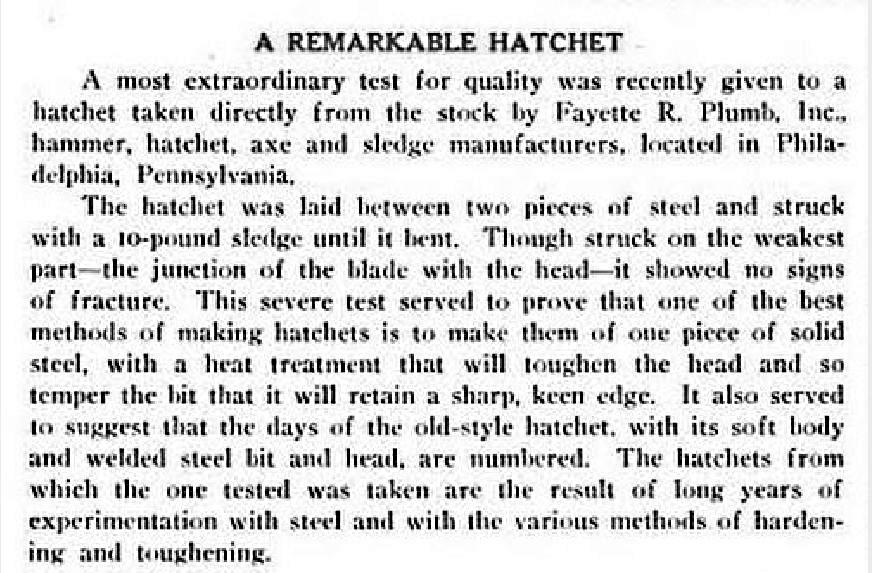
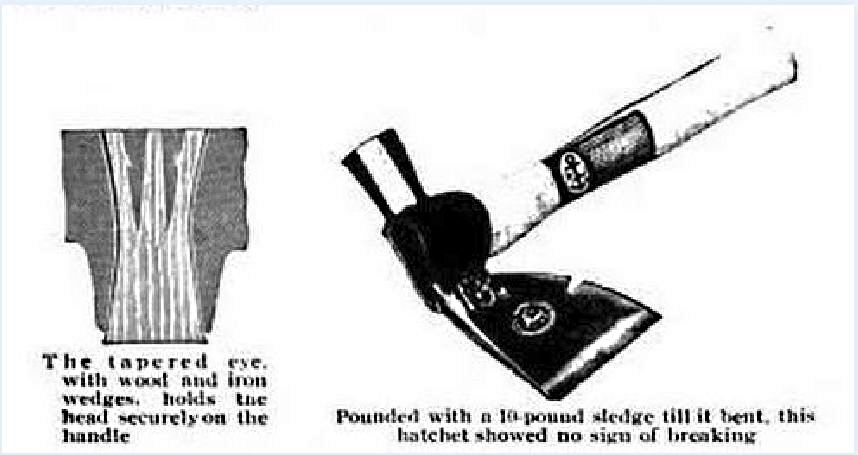



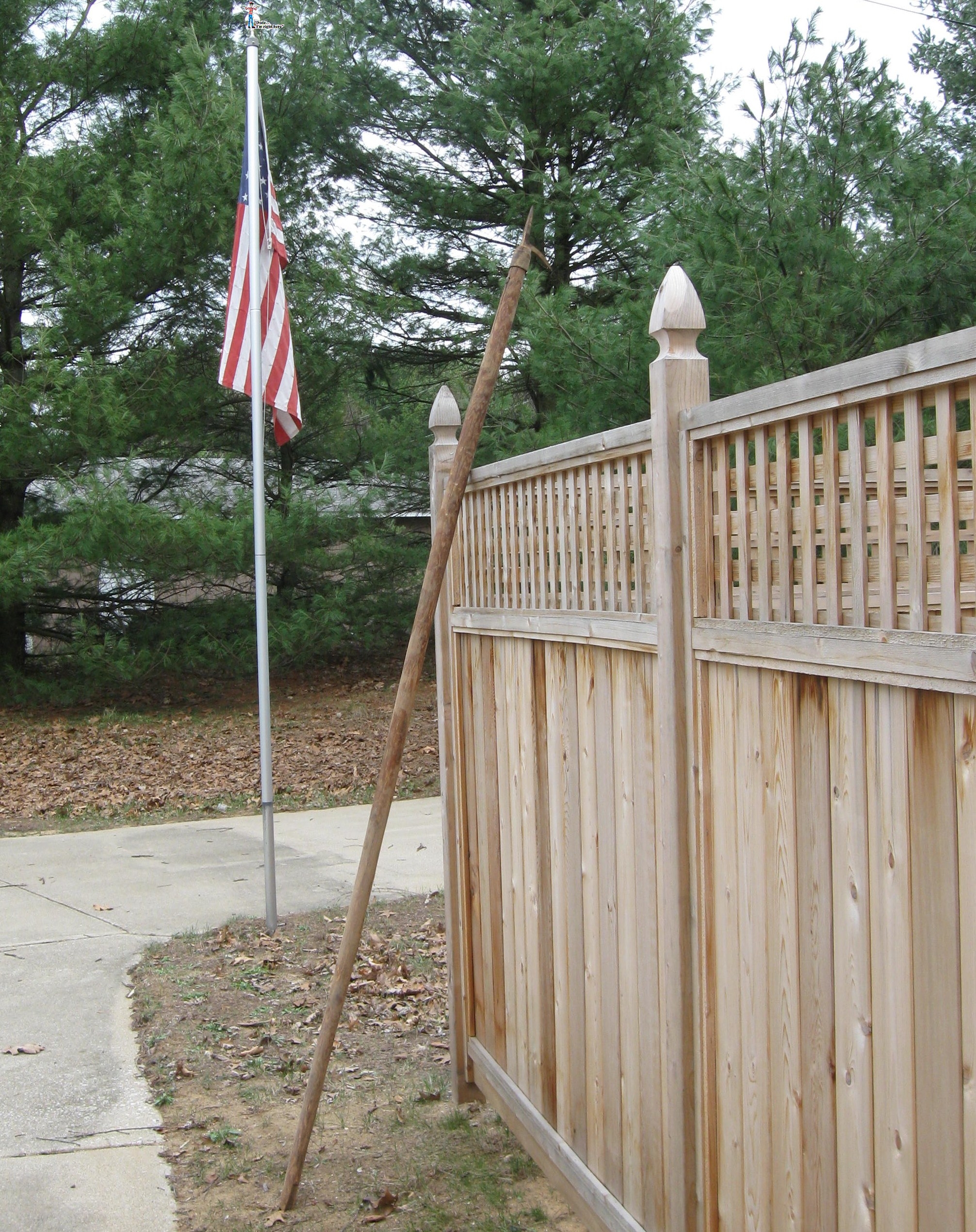
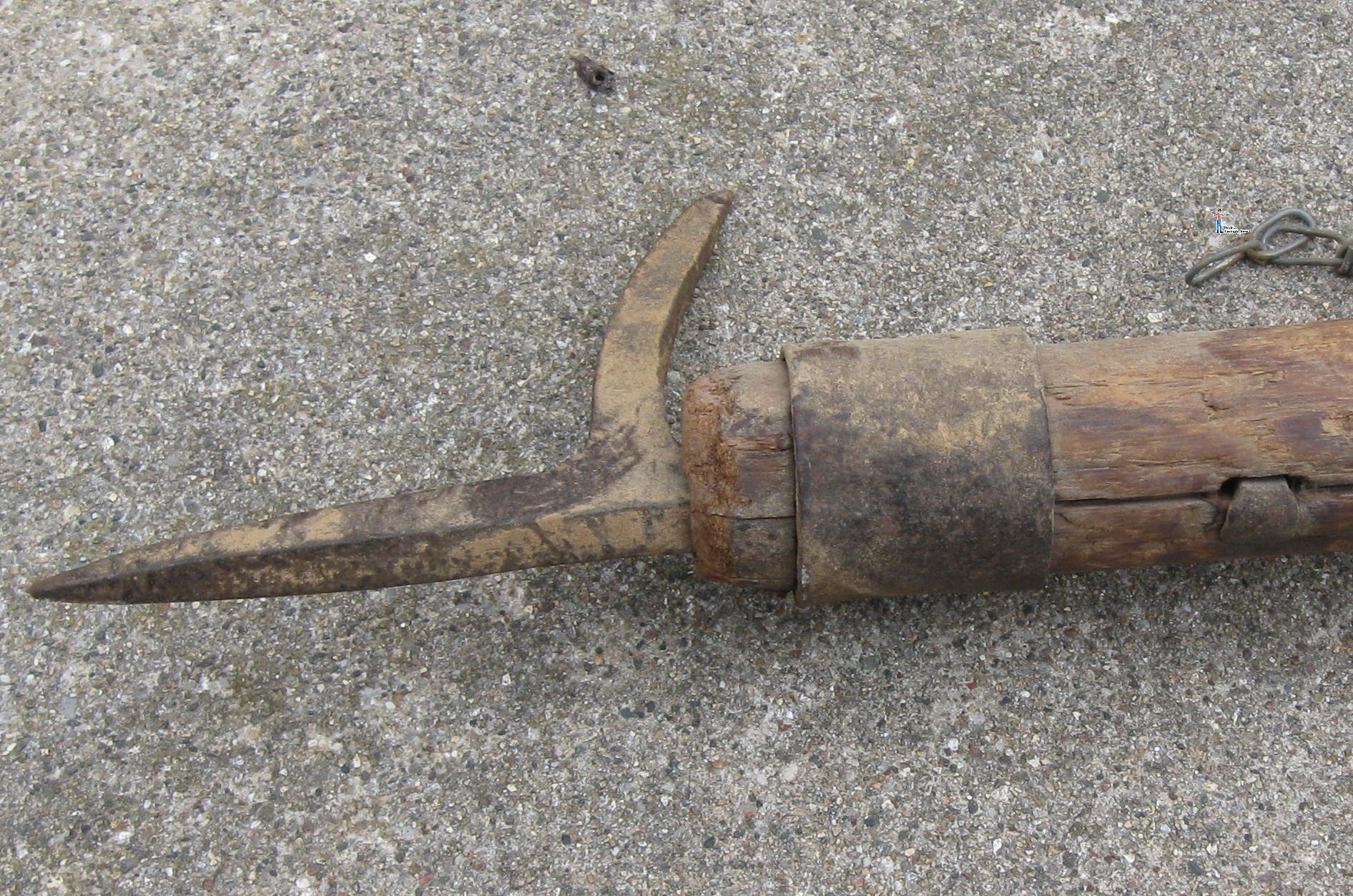

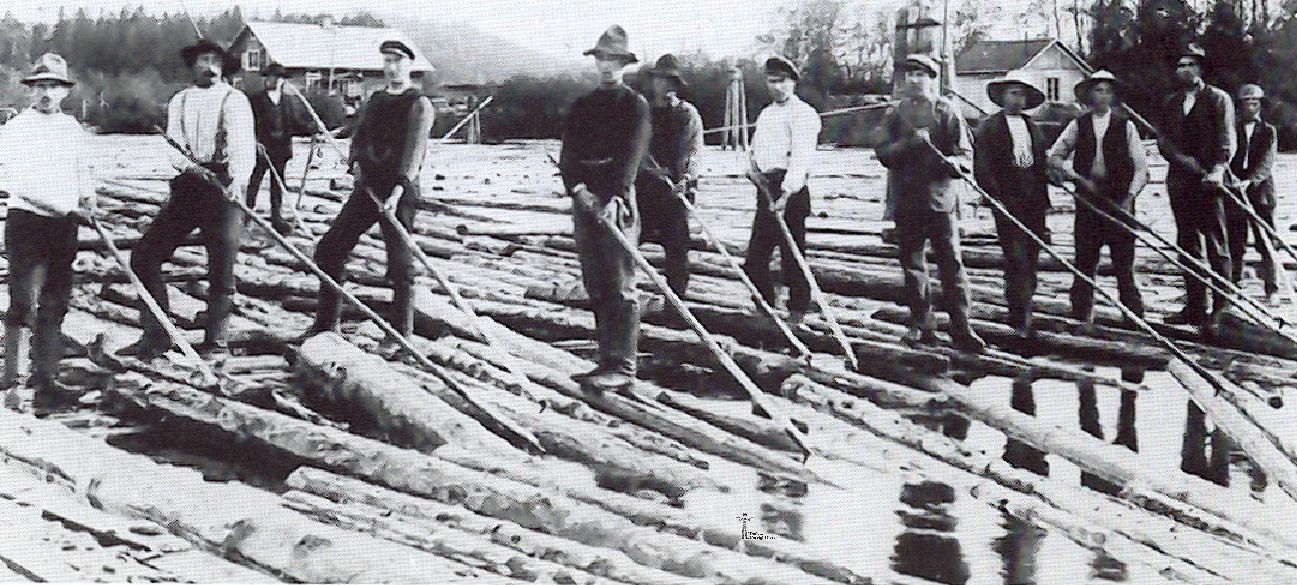

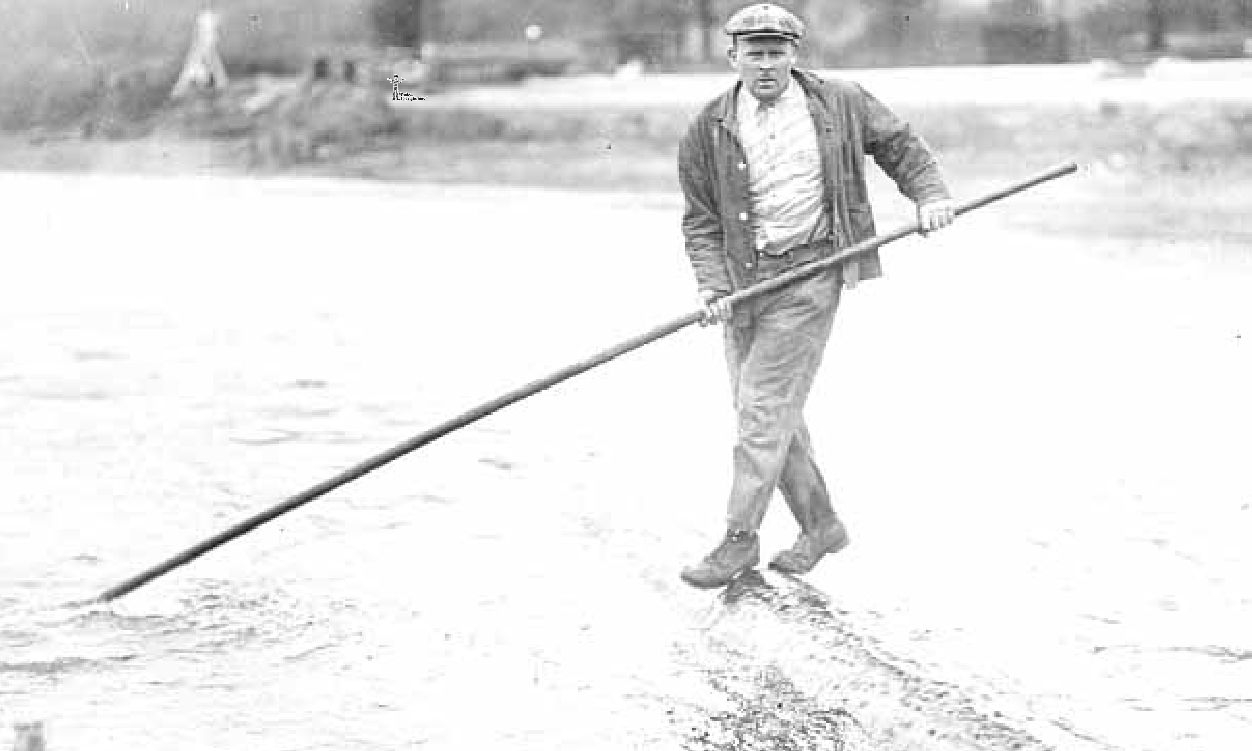
 IMG_20170816_171617
IMG_20170816_171617